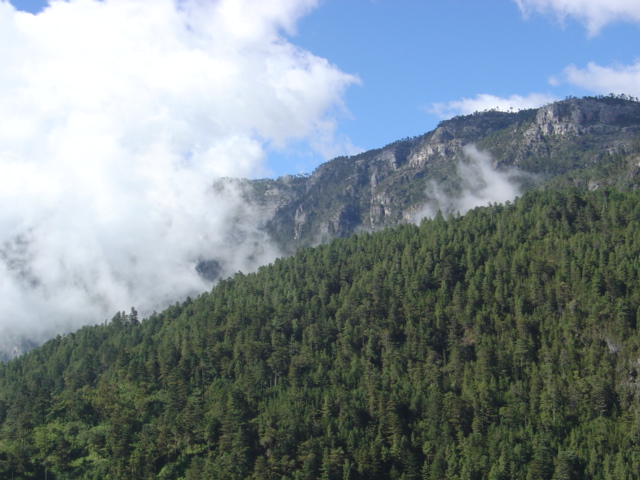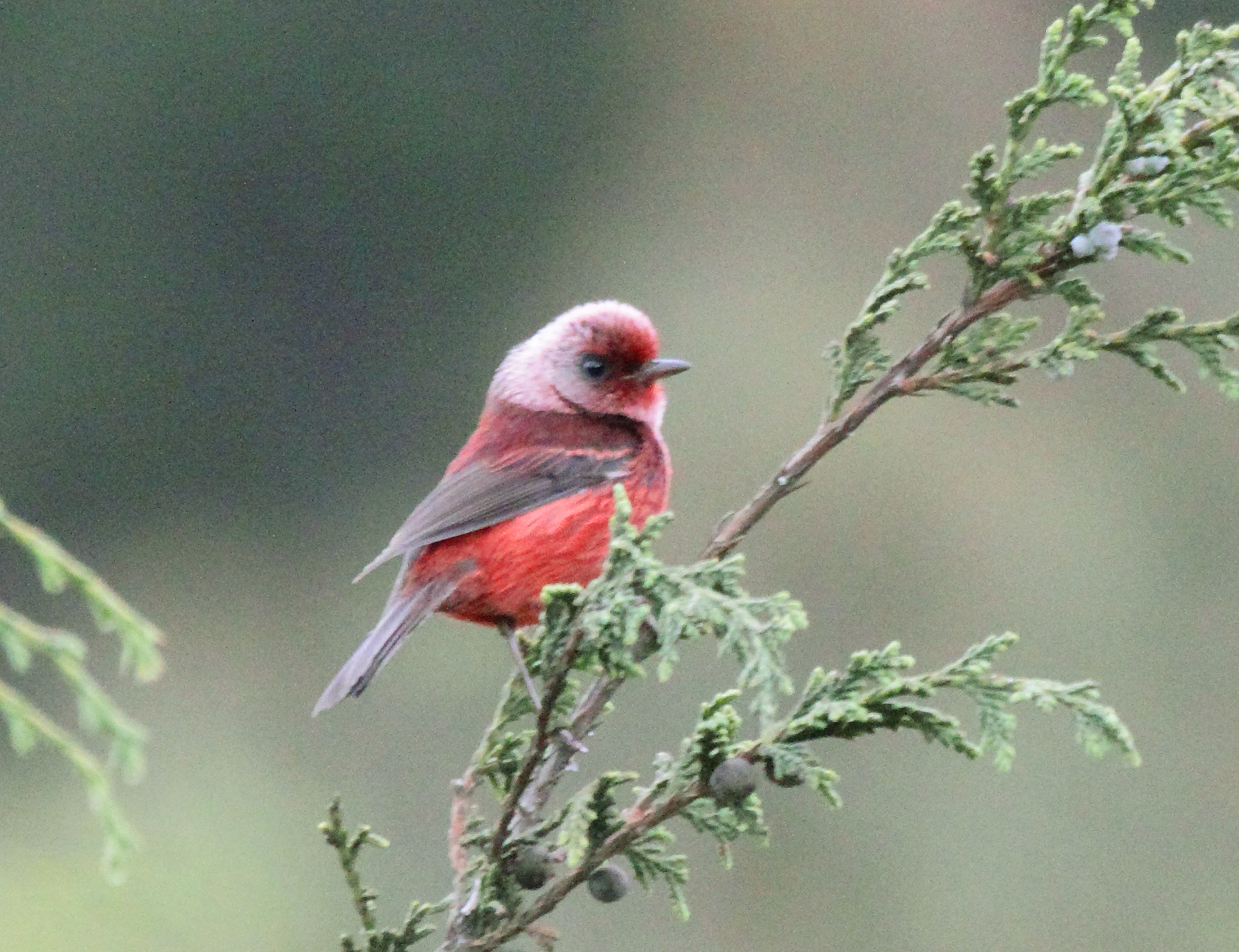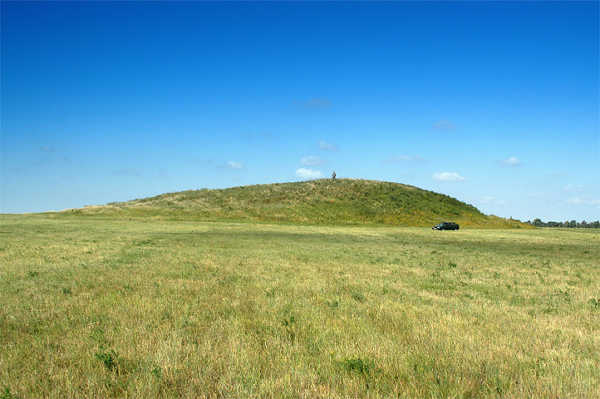|
Santa María Nebaj
Santa María Nebaj (; usually abbreviated to Nebaj) is a town and municipality in the Guatemalan department of El Quiché. Santa María Nebaj is part of the Ixil Community, along with San Juan Cotzal and San Gaspar Chajul. Native residents speak the Mayan Ixil language. The community is named in part for Nebaj, a pre-Columbian archaeological site of the Maya civilization. History Spanish conquest In the ten years after the fall of Zaculeu, various Spanish expeditions crossed into the Sierra de los Cuchumatanes and engaged in the gradual and complex conquest of the Chuj and Q'anjob'al peoples. The Spanish hoped to extract gold, silver and other riches from the mountains, but their remoteness, the difficult terrain, and relatively low population made the conquest and exploitation of this area extremely difficult. The population of the Cuchumatanes is estimated to have been 260,000 before European contact. By the time the Spanish arrived in the region, the Mayans had al ... [...More Info...] [...Related Items...] OR: [Wikipedia] [Google] [Baidu] |
Flag Of Guatemala
The flag of Guatemala, often referred to as the National Pavilion () or the Blue-and-White (), features two colors: sky blue and white. According to decree, the two sky blue stripes represents strength, justice, truth and loyalty. The white color signifies purity, integrity, firmness and light. The blue and white colors, like those of several other countries in the region, are based on the flag of the former Federal Republic of Central America. In the center of the flag is the Coat of arms of Guatemala, Guatemalan coat of arms. It includes the resplendent quetzal, the national bird of Guatemala that symbolizes liberty; a parchment scroll bearing the date of Central America's independence from Spain, 15 September 1821; crossed Remington Rolling Block rifle, Remington Rolling Block rifles, indicating Guatemala's willingness to defend itself by force if need be; a bay laurel crown, the symbol for victory; and crossed swords, representing honor. It is one of four national flags am ... [...More Info...] [...Related Items...] OR: [Wikipedia] [Google] [Baidu] |
Ixil Community
The Ixil Community is a name given to three neighbouring towns in the Quiché department in the western highlands of Guatemala. These towns are Santa María Nebaj, San Juan Cotzal, and San Gaspar Chajul. The area's population is predominantly of Ixil descent. When viewed on a map, the three Ixil towns appear to form a triangle, because of this, the Guatemalan military used the term Ixil Triangle when planning its campaigns in this region. Although the term "Ixil Triangle" has been used in some popular handbooks., most people in the region, as well as scholars and indigenous rights activists, avoid using this term as it reproduces the military "gaze", and instead prefer "Ixil region" or "Ixil community." Culture Due to its location in the Cuchumatanes mountains, the Ixil Community has remained isolated from the rest of the world. Its people have therefore maintained their traditional culture — free from influences of the outside world. Although the introduction modern western ... [...More Info...] [...Related Items...] OR: [Wikipedia] [Google] [Baidu] |
Uspantán
Uspantán is a municipality in the Guatemalan department of El Quiché. It is one of the largest municipalities of El Quiché and stretches from the mountainous highlands in the South to the tropical lowlands in the North. The municipal seat is in Villa de San Miguel Uspantán with a population of 2,800. The birthplace of Nobel Peace Prize winner Rigoberta Menchú, a community named Laj Chimel, is located Uspantán not far from the municipal seat. Completion of paving on the road in from Chichicastenango has brought a small tourist boom to the town. The municipality includes the pre-Columbian Maya Maya may refer to: Ethnic groups * Maya peoples, of southern Mexico and northern Central America ** Maya civilization, the historical civilization of the Maya peoples ** Mayan languages, the languages of the Maya peoples * Maya (East Africa), a p ... archaeological site of Chitinamit, believed to be Jakawitz, the first capital of the K'iche' Maya.Ministerio de Cultura y Deporte ... [...More Info...] [...Related Items...] OR: [Wikipedia] [Google] [Baidu] |
Uspantek People
The Uspantek (Uspantecos, Uspantekos) are a Maya people in Guatemala, principally located in the municipality of Uspantán. The Uspantek language Uspantek (Uspanteco, Uspanteko, Uspantec) is a Mayan language of Guatemala, closely related to Kʼicheʼ. It is spoken in the Uspantán and Playa Grande Ixcán ''municipios'', in the Department El Quiché. It is also one of only three Mayan ... is a K’ichean-Mamean language, like Kʼicheʼ. Notes References * Indigenous peoples in Guatemala Maya peoples Mesoamerican cultures {{NorthAm-native-stub ... [...More Info...] [...Related Items...] OR: [Wikipedia] [Google] [Baidu] |
Chuj People
The Chuj or Chuh are a Maya people, whose homeland is in Guatemala and Mexico. Population estimates vary between 30,000 and over 60,000. Their Indigenous language is also called Chuj and belongs to the Q'anjobalan branch of Mayan languages. Most Chuj live in the Guatemalan department of Huehuetenango, in the municipalities of San Mateo Ixtatán and San Sebastián Coatán, with small numbers also residing in the neighboring border areas of the Mexican state of Chiapas. Los Angeles is believed to have a relatively large population of undocumented Chuj immigrants. The Chuj, and their ancestors, are believed to have lived in the same area for 4,000 years. They first came into contact with Spanish ''conquistadores'' in the 1530s; however, they were not finally subdued by the Spanish colonial authorities until the 1680s. In the post-Colonial era, the Chuj lost much of their communal land, reducing them to extreme poverty. This resulted in a history of violent resistance to authority ... [...More Info...] [...Related Items...] OR: [Wikipedia] [Google] [Baidu] |
Sierra De Los Cuchumatanes
The Sierra de los Cuchumatanes, in western Guatemala, is the highest non-volcanic mountain range in Central America. Etymology The name "Cuchumatán" is derived from the Mam words ''cuchuj'' (to join or unite) and ''matán'' (with superior force) and means "that which was brought together by superior force". Cuchumatán may also be a derivation of the Nahuatl word ''kochmatlán'', which means "place of the parrot hunters". Geography The mountains' elevations range from to over , and the range covers an area of .Lovell 2005:11 With an area of lying above , it is also the most extensive highland region in Central America. The Sierra lies in western Guatemala in the departments of Huehuetenango and El Quiché. Its western and south-western borders are marked by the Seleguá River, which separates it from the Sierra Madre volcanic chain. Its southern border is defined by the Río Negro, which flows into the Chixoy River, which turns northwards and separates the Cuchumatanes ... [...More Info...] [...Related Items...] OR: [Wikipedia] [Google] [Baidu] |
Sierra De Los Cuchumatanes01
Sierra (Spanish for "mountain range" or "mountain chain" and "saw", from Latin '' serra'') may refer to the following: Places Mountains and mountain ranges * Sierra de Juárez, a mountain range in Baja California, Mexico * Sierra de las Nieves, a mountain range in Andalusia, Spain * Sierra Madre (other), various mountain ranges ** Sierra Madre (Philippines), a mountain range in the east of Luzon, Philippines * Sierra mountains (other) * Sierra Nevada, a mountain range in the U.S. states of California and Nevada * Sierra Nevada (Spain), a mountain range in Andalusia, Spain * Sierra de San Pedro Mártir, a mountain range in Baja California, Mexico * Sierra Maestra, a mountain range in Cuba Other places Africa * Sierra Leone, a country located on the coast of West Africa Asia * Sierra Bullones, Bohol, Philippines Europe * Sierra Nevada National Park (Spain), Andalusia, Spain * Sierra Nevada Observatory, Granada, Spain North America * High Sierra Trail, Califo ... [...More Info...] [...Related Items...] OR: [Wikipedia] [Google] [Baidu] |
Maya Civilization
The Maya civilization () was a Mesoamerican civilization that existed from antiquity to the early modern period. It is known by its ancient temples and glyphs (script). The Maya script is the most sophisticated and highly developed writing system in the pre-Columbian Americas. The civilization is also noted for its art, architecture, mathematics, calendar, and astronomical system. The Maya civilization developed in the Maya Region, an area that today comprises southeastern Mexico, all of Guatemala and Belize, and the western portions of Honduras and El Salvador. It includes the northern lowlands of the Yucatán Peninsula and the Guatemalan Highlands of the Sierra Madre, the Mexican state of Chiapas, southern Guatemala, El Salvador, and the southern lowlands of the Pacific littoral plain. Today, their descendants, known collectively as the Maya, number well over 6 million individuals, speak more than twenty-eight surviving Mayan languages, and reside in nearly the s ... [...More Info...] [...Related Items...] OR: [Wikipedia] [Google] [Baidu] |
Archaeological Site
An archaeological site is a place (or group of physical sites) in which evidence of past activity is preserved (either prehistoric or recorded history, historic or contemporary), and which has been, or may be, investigated using the discipline of archaeology and represents a part of the archaeological record. Sites may range from those with few or no remains visible above ground, to buildings and other structures still in use. Beyond this, the definition and geographical extent of a "site" can vary widely, depending on the period studied and the theoretical approach of the archaeologist. Geographical extent It is almost invariably difficult to delimit a site. It is sometimes taken to indicate a settlement of some sort, although the archaeologist must also define the limits of human activity around the settlement. Any episode of deposition, such as a hoard or burial, can form a site as well. Development-led archaeology undertaken as cultural resources management has the disad ... [...More Info...] [...Related Items...] OR: [Wikipedia] [Google] [Baidu] |
Pre-Columbian
In the history of the Americas, the pre-Columbian era, also known as the pre-contact era, or as the pre-Cabraline era specifically in Brazil, spans from the initial peopling of the Americas in the Upper Paleolithic to the onset of European colonization of the Americas, European colonization, which began with Christopher Columbus's voyage in 1492. This era encompasses the history of Indigenous peoples of the Americas, Indigenous cultures prior to significant European influence, which in some cases did not occur until decades or even centuries after Columbus's arrival. During the pre-Columbian era, many civilizations developed permanent settlements, cities, agricultural practices, civic and monumental architecture, major Earthworks (archaeology), earthworks, and Complex society, complex societal hierarchies. Some of these civilizations had declined by the time of the establishment of the first permanent European colonies, around the late 16th to early 17th centuries, and are know ... [...More Info...] [...Related Items...] OR: [Wikipedia] [Google] [Baidu] |
Nebaj
Nebaj is an archaeological site of the pre-Columbian Maya civilization, located in the western Guatemala highlands near the Ixil village of Santa María Nebaj. What is now known as the Fenton Vase was excavated from this site. It is now held in the British Museum The British Museum is a Museum, public museum dedicated to human history, art and culture located in the Bloomsbury area of London. Its permanent collection of eight million works is the largest in the world. It documents the story of human cu .... Villages * Xexocom References Maya sites in Guatemala Archaeological sites in Guatemala {{mesoamerica-stub ... [...More Info...] [...Related Items...] OR: [Wikipedia] [Google] [Baidu] |





